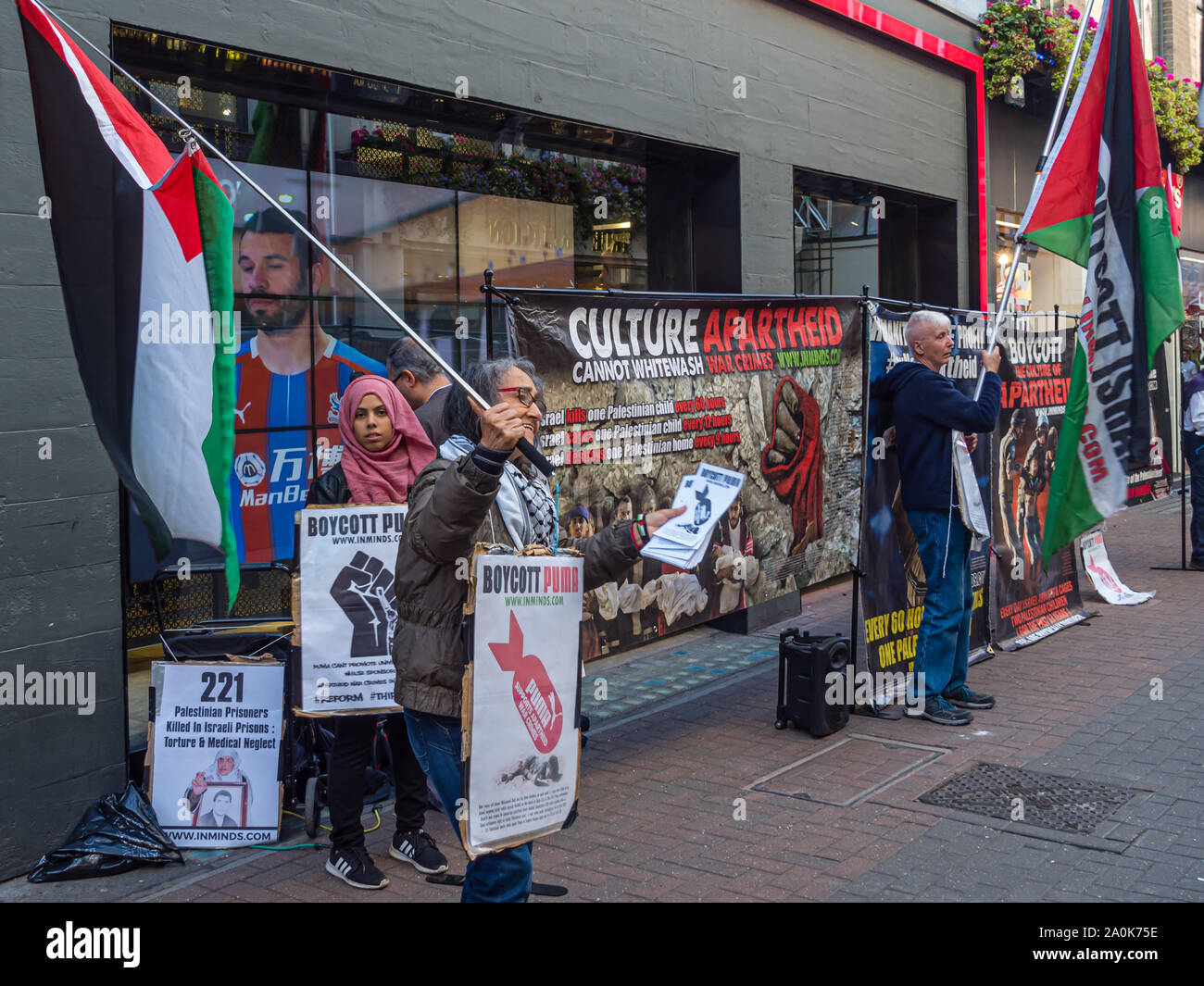

Control theoryĪccording to Walter Reckless's control theory, both inner and outer controls work against deviant tendencies. Like differential association theory, anomie theory does not lend itself to precise scientific study. Critics note the theory's lack of statements concerning the process of learning deviance, including the internal motivators for deviance. On the negative side, anomie theory has been criticized for its generality. The theory is also sociological in its emphasis on the role of social forces in creating deviance. The primary contribution of anomie theory is its ability to explain many forms of deviance. When this happens, these individuals may employ deviant behaviors to attain their goals, retaliate against society, or merely “make a point.” Those who find the “road to riches” closed to them experience anomie, because an obstacle has thwarted their pursuit of a socially approved goal. Merton stressed, for instance, that attaining wealth is a major goal of Americans, but not all Americans possess the means to do this, especially members of minority and disadvantaged groups. In the 1960s, Robert Merton used the term to describe the differences between socially accepted goals and the availability of means to achieve those goals. Anomie theoryĪnomie refers to the confusion that arises when social norms conflict or don't even exist.

Critics of the differential‐association theory, on the other hand, claim the vagueness of the theory's terminology does not lend itself to social science research methods or empirical validation. People learn deviance from the people with whom they associate. Gang members learn to be deviant as they embrace and conform to their gang's norms.ĭifferential‐association theory has contributed to the field of criminology in its focus on the developmental nature of criminality. These gangs define themselves as countercultural and glorify violence, retaliation, and crime as means to achieving social status. For example, juvenile gangs provide an environment in which young people learn to become criminals. The differential‐association theory applies to many types of deviant behavior.

In short, people learn criminal behavior, like other behaviors, from their interactions with others, especially in intimate groups. People also learn their norms from various socializing agents-parents, teachers, ministers, family, friends, co‐workers, and the media. Specifically, people within a particular reference group provide norms of conformity and deviance, and thus heavily influence the way other people look at the world, including how they react. According to this theory, the environment plays a major role in deciding which norms people learn to violate. Differential-association theoryĮdwin Sutherland coined the phrase differential association to address the issue of how people learn deviance. In America, the thought of female circumcision, or female genital mutilation as it is known in the United States, is unthinkable female genital mutilation, usually done in unsanitary conditions that often lead to infections, is done as a blatantly oppressive tactic to prevent women from having sexual pleasure.Ī number of theories related to deviance and criminology have emerged within the past 50 years or so. Termed clitoridectomy and infibulation, this process involves cutting off the clitoris and/or sewing shut the labia - usually without any anesthesia. For example, in some parts of Indonesia, Malaysia, and Muslim Africa, women are circumcised. In other words, what one group may consider acceptable, another may consider deviant. The concept of deviance is complex because norms vary considerably across groups, times, and places. Managed Care as a Means of Cost Control.Hinduism, Buddhism, Confucianism, and Taoism.Marriage, Family, Alternative Lifestyles.Universal Education: Growth and Function.Social Stratification and Homosexuality.Prevalence of Homosexuality, Bisexuality.Social and Personality Growth: Age 12–19.Social and Personality Growth: Age 7–11.Piaget's Model of Cognitive Development.Culture's Roots: Biological or Societal?.Sociological Research: Designs, Methods.Complementary Perspectives in Sociology.


 0 kommentar(er)
0 kommentar(er)
